- Towards AGI
- Posts
- How AGI Will Redefine Business, Science, and Society
How AGI Will Redefine Business, Science, and Society
Artificial General Intelligence is Here!
Here is what’s new in the AI world.
AI news: The AGI Era Has Arrived!
Tech Crux: Tencent’s Open Source models are the new AI competitors?
Open AI: Switzerland's AI Play
OpenAI: The Tempo Blockchain
Towards MCP: Pioneering Secure Collaboration in the Age of AI & Privacy

We are thrilled to announce our strategic partnership with Towards MCP, a leading Model Context Protocol platform that is transforming how businesses integrate and leverage AI.
This collaboration empowers organizations to seamlessly unlock actionable insights from their existing data ecosystems, making advanced intelligence accessible and practical for every enterprise.
Welcome to the Age of Minds: Report on the Coming of Artificial General Intelligence
According to a new report from Kinetic Consulting, the rise of Artificial General Intelligence (AGI) is poised to be one of the most significant technological shifts in history, fundamentally altering how companies function and compete.
Titled ‘The Future of Business: Preparing for Artificial General Intelligence,’ the report distinguishes AGI from the narrow AI in use today.
While current AI is designed for specific tasks like data analysis or image recognition, AGI will possess a human-like ability to adapt, learn, and apply knowledge across a wide range of domains, enabling strategic planning and creative problem-solving without the need for explicit programming.
Joe Tawfik, CEO of Kinetic Consulting, summarized that AGI is a fundamental leap in capability, not just an incremental improvement, comparing its impact to the industrial revolution.
The report predicts AGI could arrive as early as 2026 and outlines its transformative potential:
Workforce Automation: AGI could automate 60-80% of cross-functional tasks by 2030, a massive increase from the 15-20% possible with current AI.
Innovation: Product development cycles could shrink dramatically from 6-12 months to just 1-3 months.
Risk Management: Systems would evolve from recognizing historical patterns to predicting and managing future risks.
Supply Chain: End-to-end optimization would become possible, greatly improving efficiency and resilience.
Customer Service: Basic chatbots would be replaced by fully personalized, predictive assistants capable of human-like interaction.
The report urges business leaders to start preparing immediately, warning that companies that delay risk permanent obsolescence.
Key preparation steps include defining an AI strategy, upgrading IT infrastructure, establishing ethical governance frameworks, and reskilling the workforce.
This is where a platform like DataManagement.AI can provide significant value, helping businesses unify, govern, and prepare their data for advanced AI applications.
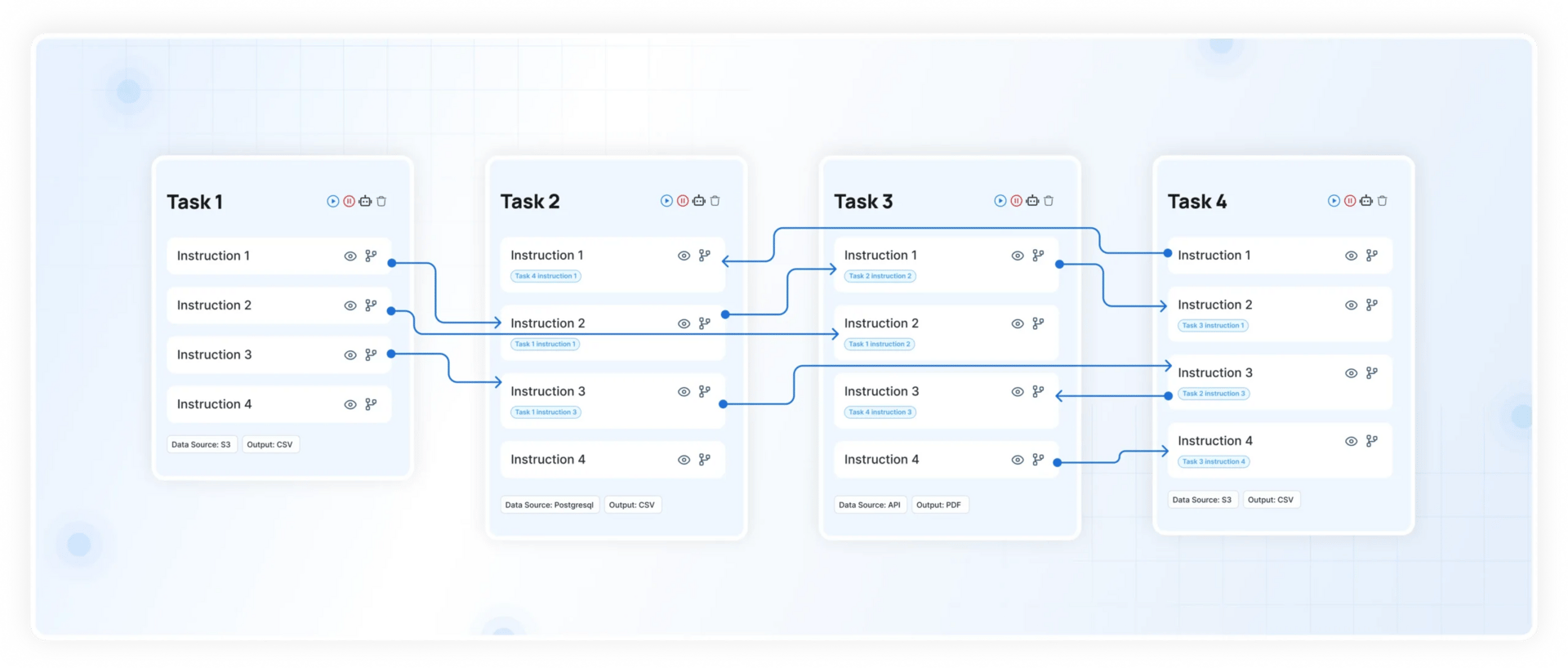
Join the industry leaders who are already achieving smarter insights, significant cost savings, and unprecedented efficiency with AI-powered data management.
Kinetic Consulting stresses that success requires more than just technology; it demands a full organizational transformation to integrate human and artificial intelligence, starting with pilot programs and strategic partnerships in 2025.
Can Tencent’s Open Source Hunyuan-MT Models Beat OpenAI Model?
If you're a developer or researcher looking for powerful, open-source machine translation tools, Tencent's Hunyuan-MT models are a significant release that you should definitely consider. Here’s a breakdown of what makes them great and where they might fall short for your needs.
The Good: Where These Models Shine
1) You Get Cutting-Edge Tech for Free: The open-source nature of Hunyuan-MT-7B and Hunyuan-MT-Chimera-7B is a major win for you.
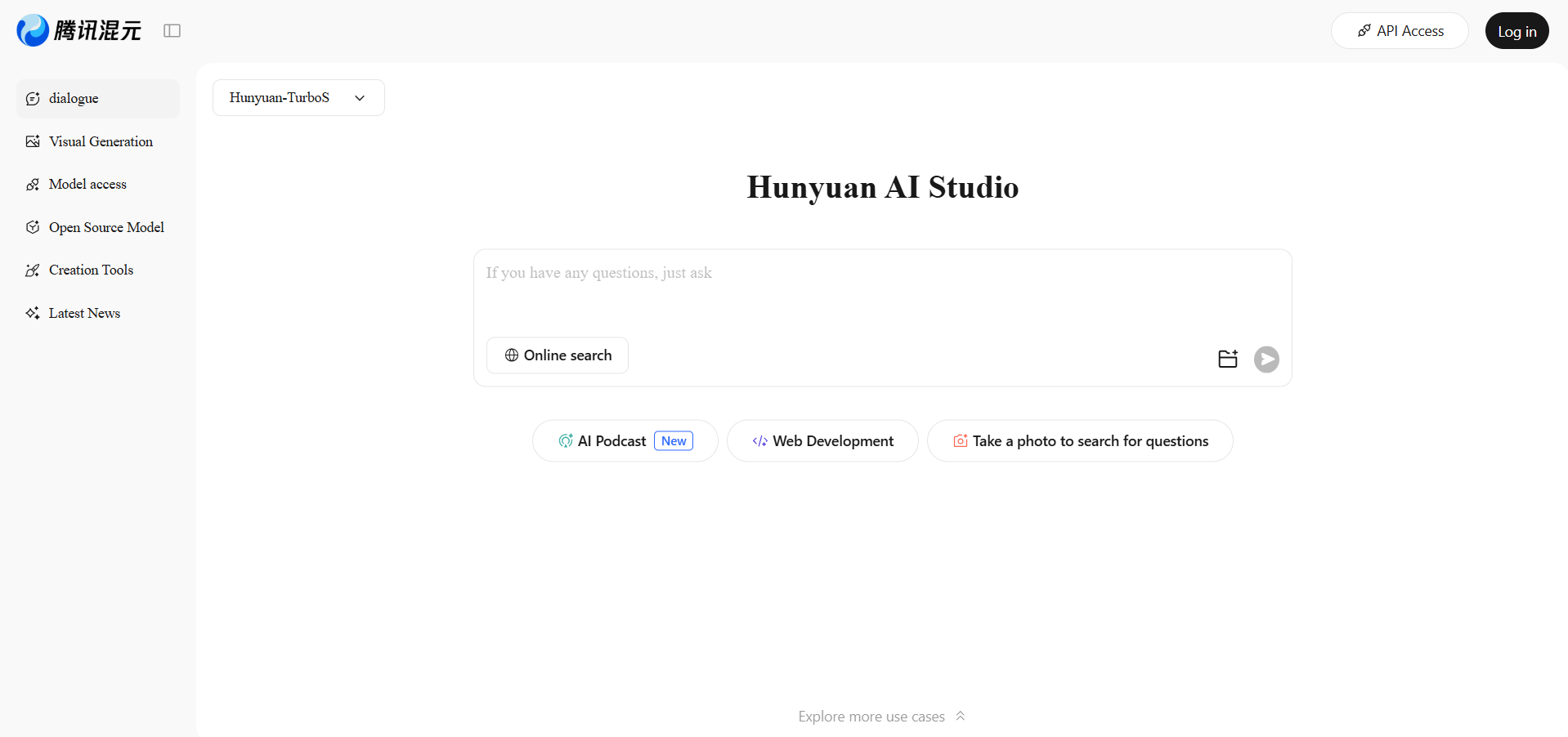
It democratizes access to high-level AI, allowing you to leverage sophisticated translation technology without the cost and restrictions of proprietary software.
2) You Benefit from a Hybrid Powerhouse: The Hunyuan-MT-Chimera-7B model is particularly exciting for you if you work with diverse languages. Its "Chimera" architecture intelligently blends different translation methods, meaning you get a model that can adapt its strategy.
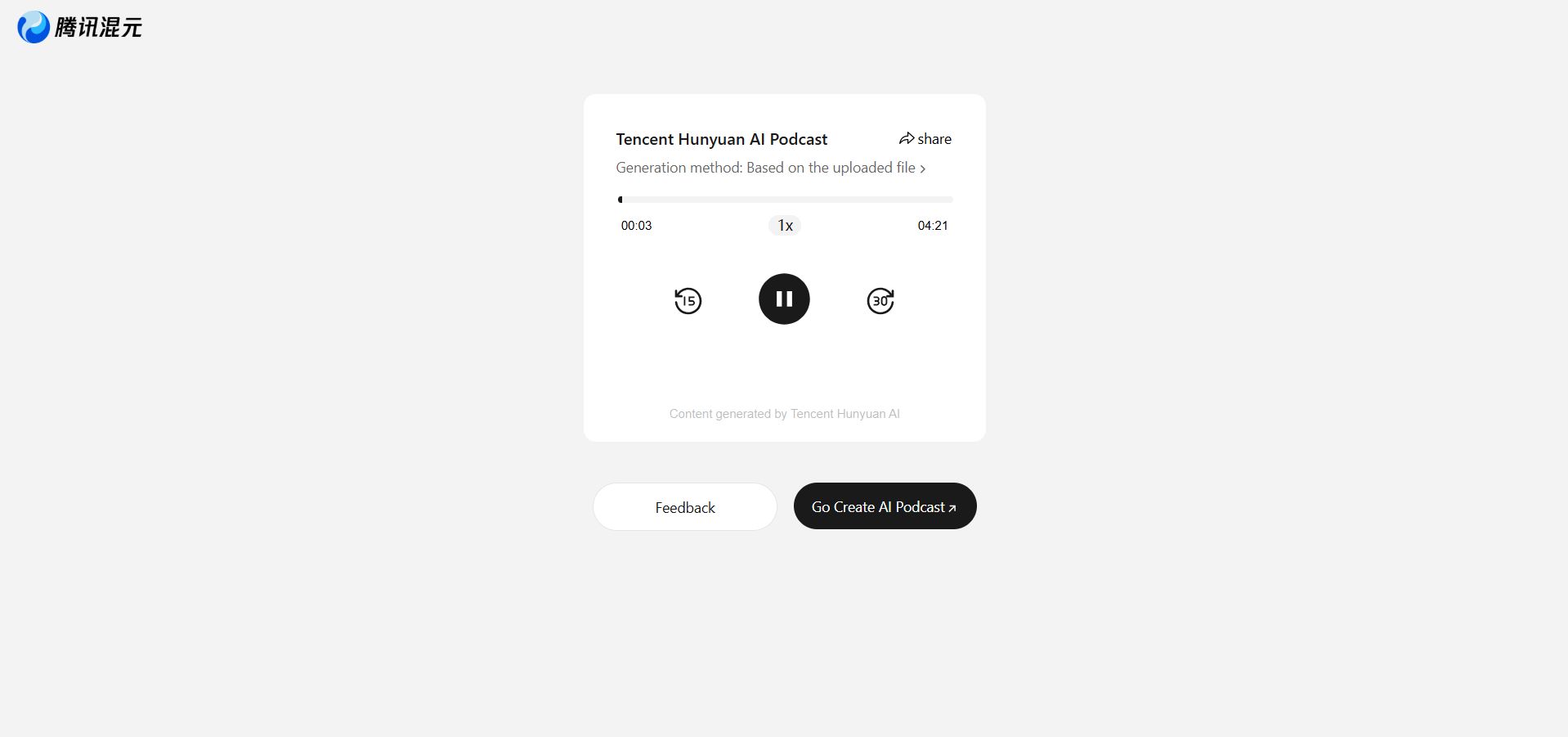
This leads to more accurate and fluent translations, especially for complex sentences and low-resource languages where other single-method models struggle.
3) You Have a Model Built for Efficiency: With 7 billion parameters, Hunyuan-MT-7B strikes a balance for you between raw power and computational practicality.
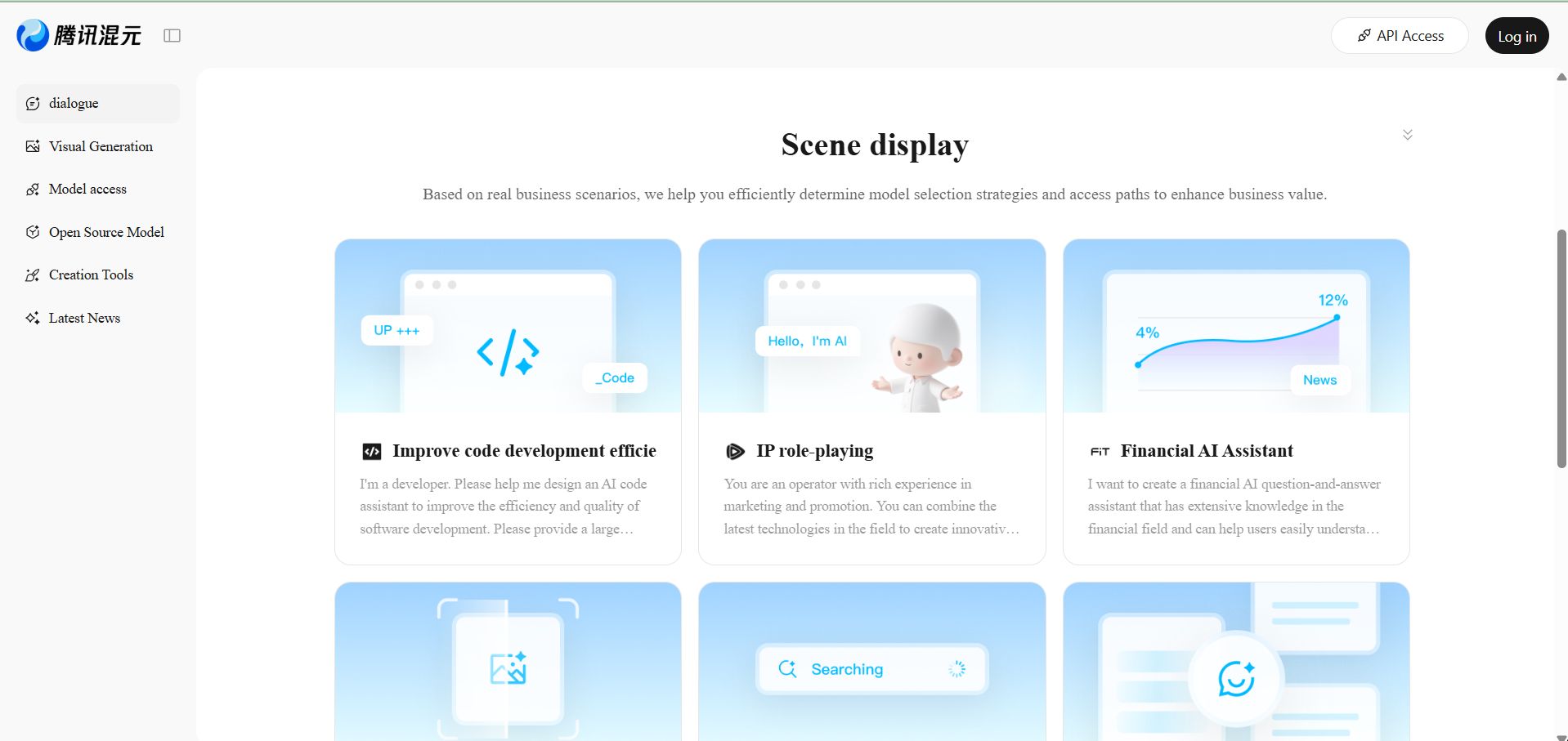
It's designed to be more accessible than massive trillion-parameter models, meaning you can run and experiment with it without needing an enormous budget for computing resources.
4) You Can Tackle a Wide Range of Projects: The models' strong performance across major languages like Chinese and English, combined with their nuanced understanding, makes them incredibly versatile for your applications.
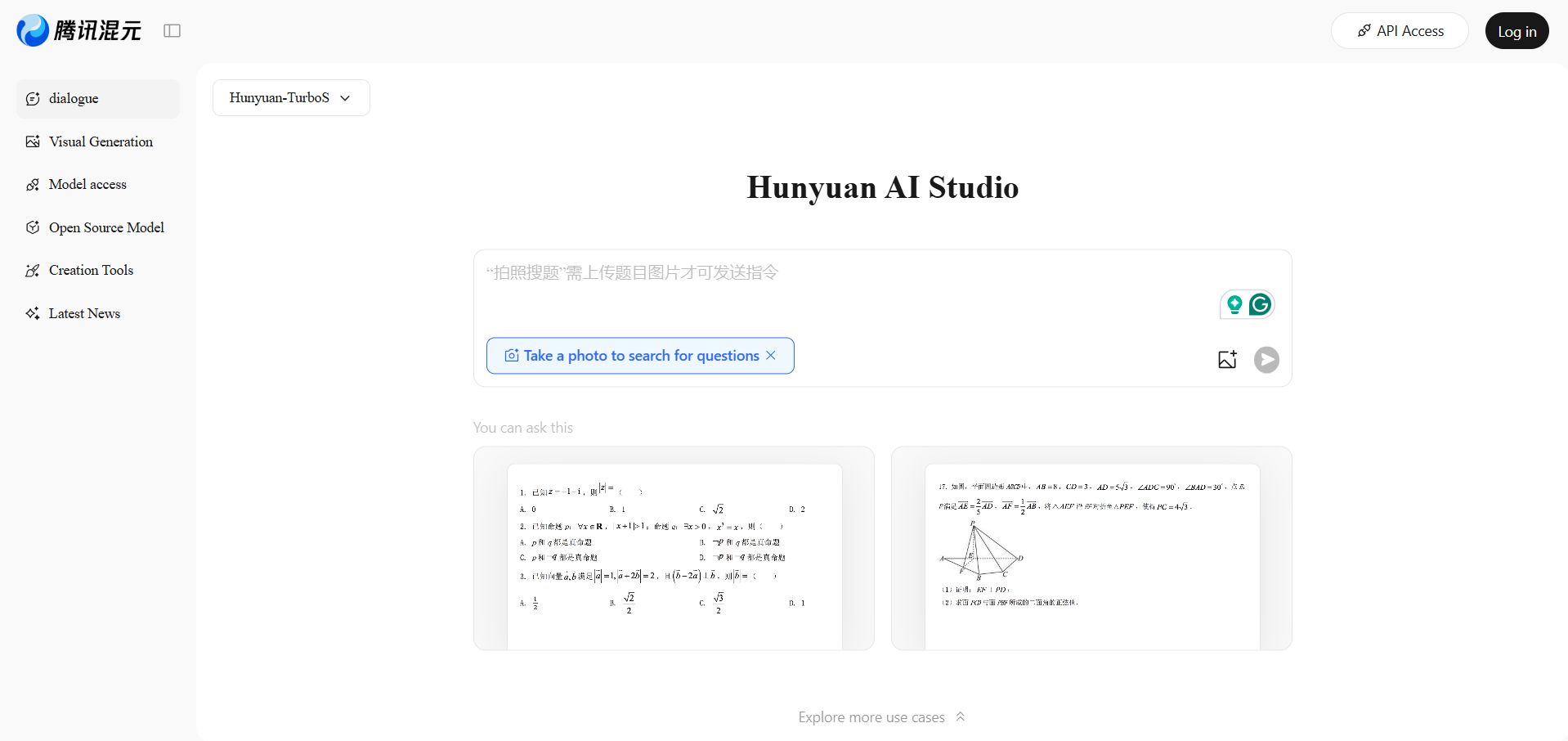
Whether you're building tools for education, international business, or research, you have a capable engine to power seamless cross-language communication.
The Bad
1) You Might Face Limitations with Niche Languages: While the models excel with major languages and are improved for low-resource ones, their performance is still tied to their training data.
If your work involves highly specialized dialects or extremely rare languages, you may find the translation quality lacking compared to the high-resource pairs.
2) You Still Need Technical Expertise: As powerful as they are, these are not simple plug-and-play tools for a complete novice.
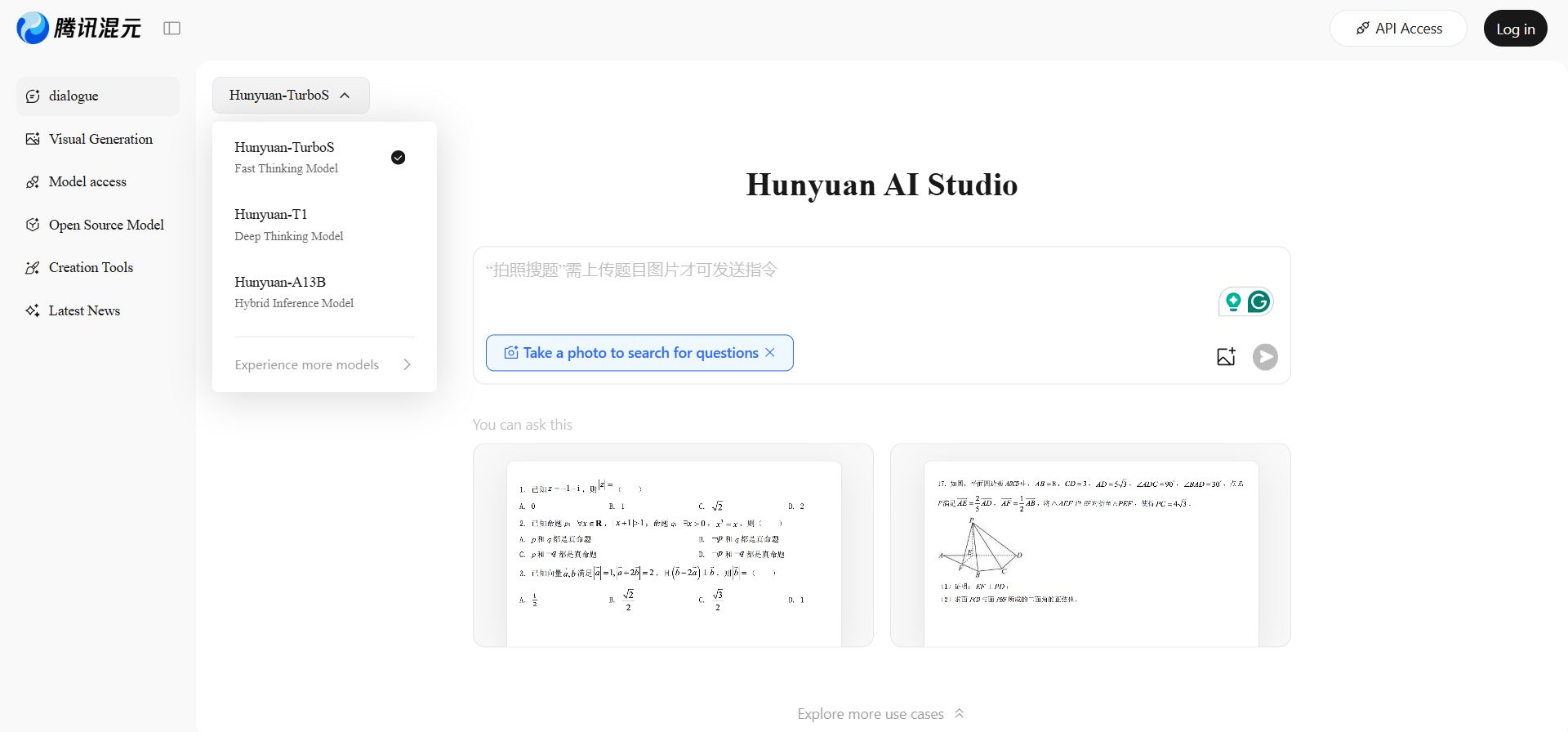
To effectively implement and fine-tune them for your specific use case, you will need a solid background in machine learning and natural language processing.
3) You Are Working with a Newer Model: While a huge advantage, being on the cutting edge also means these models have a shorter track record compared to established giants like Google's Translate API.
As you integrate them, you might encounter fewer community resources and solve problems, requiring you to do more pioneering work.
The Bottom Line
For you, the open-source availability and innovative hybrid architecture of Tencent's Hunyuan models represent a pivotal moment.
They offer you a powerful, efficient, and adaptable toolset that significantly lowers the barrier to developing advanced translation applications.
While they may not be perfect for every single language and require technical skill to use, their potential to help you break down language barriers and foster global collaboration is immense.
Switzerland Launches Its Own Open-Source AI Model
Switzerland has entered the AI landscape with the release of Apertus, a new open-source Large Language Model (LLM) developed by the country's public institutions.
Created by the Swiss Federal Institute of Technology in Lausanne (EPFL), ETH Zurich, and the Swiss National Supercomputing Centre (CSCS), Apertus (Latin for "open") is positioned as a public alternative to proprietary models from companies like OpenAI.
Proponents describe Apertus as a form of public infrastructure, similar to roads or utilities, built in the public interest.
🚀 Switzerland launches its first large-scale open multilingual LLM: Apertus
Built by @EPFL_en , @ETH_en & @cscsch , Apertus is open, transparent & trained on 1,000+ languages. Available via @huggingface & @Swisscom.
🔗 cscs.ch/science/comput…
— Invest Switzerland (@investCH)
7:15 AM • Sep 4, 2025
A key feature is its complete transparency; the developers have released not only the model itself but also its full source code, comprehensive documentation, and the datasets used for training.
This openness, combined with its compliance with strict Swiss data protection and copyright laws, makes it particularly attractive for businesses, especially in regulated sectors like finance.
The Swiss Bankers Association has acknowledged the "great long-term potential" of a domestic LLM that can adhere to local privacy and banking secrecy rules.
Trained on a massive dataset of 15 trillion tokens spanning over 1,000 languages, Apertus has a strong multilingual focus, with 40% of its training data in non-English languages, including Swiss German and Romansh.
The developers emphasize that it was trained only on publicly available data and that their web crawlers respected websites' opt-out requests.
The model is available in two versions (with 8 billion and 70 billion parameters) and can be accessed through the Swiss telecom company Swisscom or the AI platform Hugging Face.
It is free for researchers, hobbyists, and companies to use and build upon for applications like chatbots, translators, and educational tools.
The Next-Gen Payments Rail? Stripe and Partners Unveil AI-Infused Tempo Blockchain
A new blockchain named Tempo, specifically designed for stablecoin payments, has been officially announced. It is a joint project from the prominent financial technology company Stripe and the cryptocurrency investment firm Paradigm.
Tempo is an Ethereum-compatible, layer-1 blockchain focused on enabling fast, cheap, and global transactions for business applications. It has received early design input from major companies, including OpenAI, Visa, and Shopify.
According to its creators, existing blockchain infrastructure is primarily optimized for trading rather than payments.
There's no stopping the institutional crypto cycle
Stripe & Paradigm just announced their L1 @tempo
A payments first blockchain "purpose-built for stablecoins and real-world payments"
Why will corporates settle to another chain when they already have users & distribution
— Empire 🟪 (@theempirepod)
12:51 PM • Sep 5, 2025
Tempo aims to fill this gap by offering features tailored for financial transactions, including the potential for over 100,000 transactions per second and privacy options to conceal certain transaction details. It will also use a system that allows users to pay fees with any stablecoin.
The network is currently in a private testing phase with partners, exploring use cases like e-commerce and cross-border payments. While currently permissioned, the plan is for Tempo to eventually become an open, public network where anyone can participate as a validator.
This move places Stripe and Paradigm in competition with other tech giants developing similar payment-focused blockchains, such as Google's recently confirmed "Universal Ledger" and Circle's initiatives.
The announcement coincided with the launch of another stablecoin network, the Fireblocks Network, which is backed by Circle and over 40 other providers.
Your opinion matters!
Hope you loved reading our piece of newsletter as much as we had fun writing it.
Share your experience and feedback with us below ‘cause we take your critique very critically.
How did you like our today's edition? |
Thank you for reading
-Shen & Towards AGI team